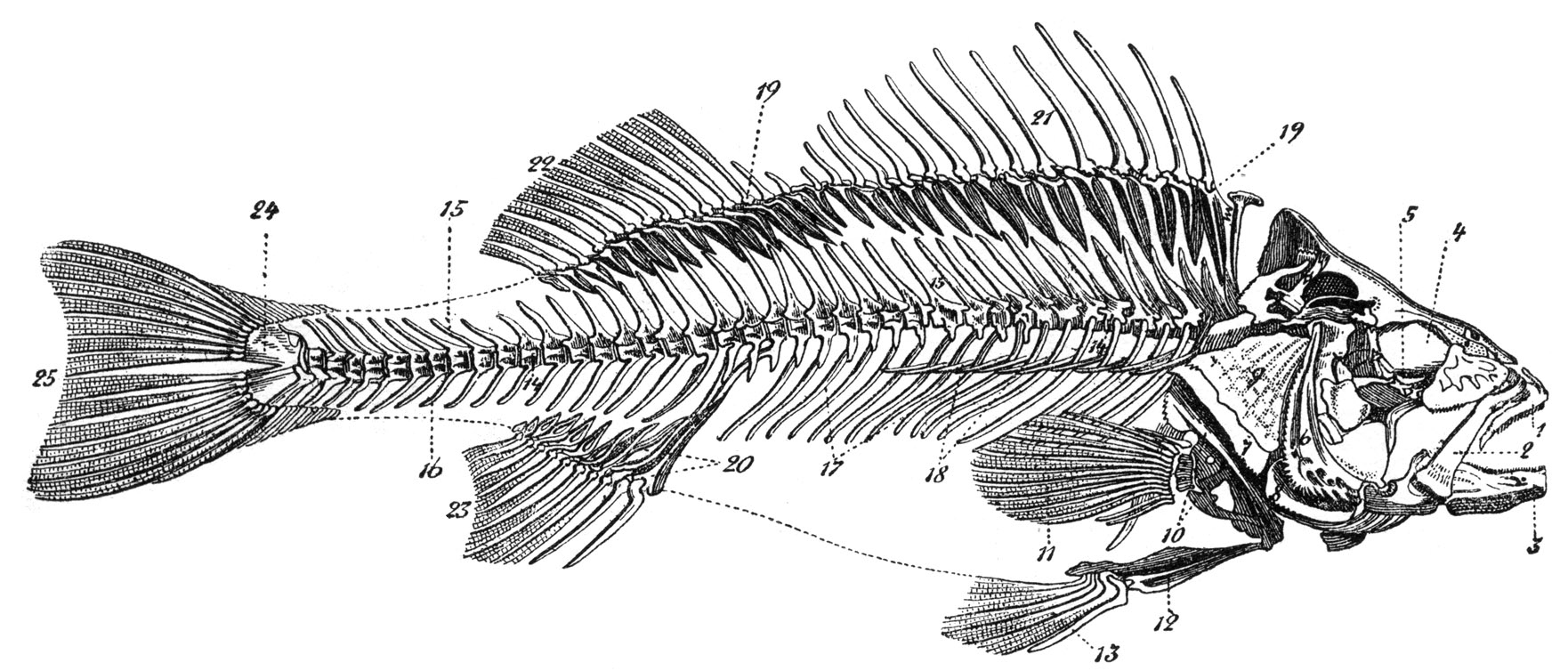Can a tool forced to fit a catchy acronym actually work?
I’ve lately found myself conducting a lot of 6M analyses… You know, the Ishikawa/Cause & Effect Diagram/Fishbone Analysis. It is a great tool to look a little deeper into the causes of problems. It can be used to do root cause analysis, or it can just be used to make small improvements in your current situation (depending on how deep you want to go, vs. how quickly you want to take action).

But how effective can a tool be when it is forced to fit into a pre-defined format?
The standard generic categories for an Ishikawa are Materials, Methods, Machines, Manpower, Mother-Nature, and Measurement. But are these the best choices for these categories? Below are a few reinterpretations that might prove useful when conducting your own analysis:
- (Raw) Materials: these are the consumable items involved in your process. Are they reliably consistent? Are they consistent from all suppliers? Or do they tend to vary even within individual suppliers? Analysis of Variance (ANOVA) is an easy method to help answer these questions.
- (Standard and Actual) Methods: Are standard methods being used? If so, how to they contribute to the end result? If standard methods are not being used, then why is that happening? There are multiple directions this can conversation can take; it can open up a big fat juicy can of worms (off topic note: thanks, Grandma, for letting me use earthworms to spell the alphabet on the kitchen floor when I was four years old).
- Tools: Not just machines, but any tools used to do the job… How might they have contributed to the end result? And if they weren’t used correctly, then it belongs in one of the other categories.
- Manpower: I’m sure there’s a less sexist term to use here. But the problem is, that it doesn’t start with the letter “M”. We could go with “worker” or “labor” or “staff”… I usually like to save this category for last in my team’s analysis. That way we exhaust every possible option before we start playing “the blame game”. It’s always about the process, right? Our people are assumed to be working their best at the system they are expected to use.
- Mother-Nature Environment: C’mon, most of you work indoors. It isn’t “Mother Nature” that caused the company’s culture to accept unsafe practices, or to cause the loud machinery noises. It’s the working environment. This might be one of the worst forced acronyms of all time.
- Measurement Inconsistency: I’m hesitant to call this an “error”, but instead would like to focus on the possible inconsistency between measurements. We can call on our buddy ANOVA again to help us out with this one.
I find that explaining the categories to my teams in this manner is much more effective, as I always have to translate “6M” into something more meaningful. The categories I’ve provided seem a little easier for my teams to understand, which has them focusing on the problem (rather than on the acronym).
While starting your analysis with the 6M (or similar tool by any other name), the key to success is to incorporate one of our most valuable and effective tools: “The 5 Whys”. Asking “why” to get to the root cause(s) is what makes a 6M so successful. The two tools complement each other by forcing thought on all possible contributing factors and then reaching for underlying causes for each possibility.

1 comment / Add your comment below